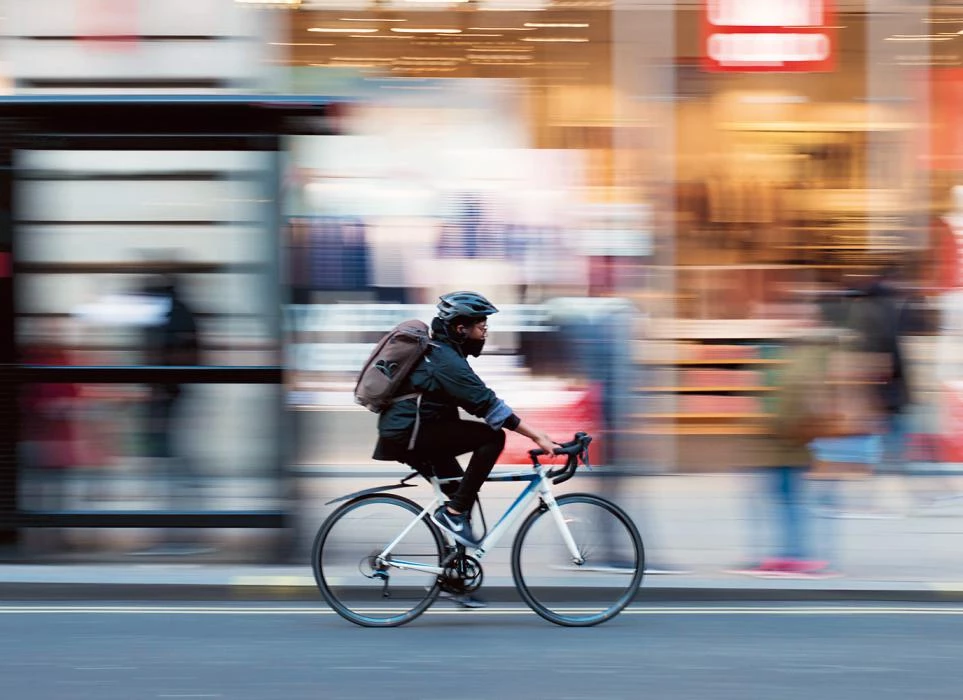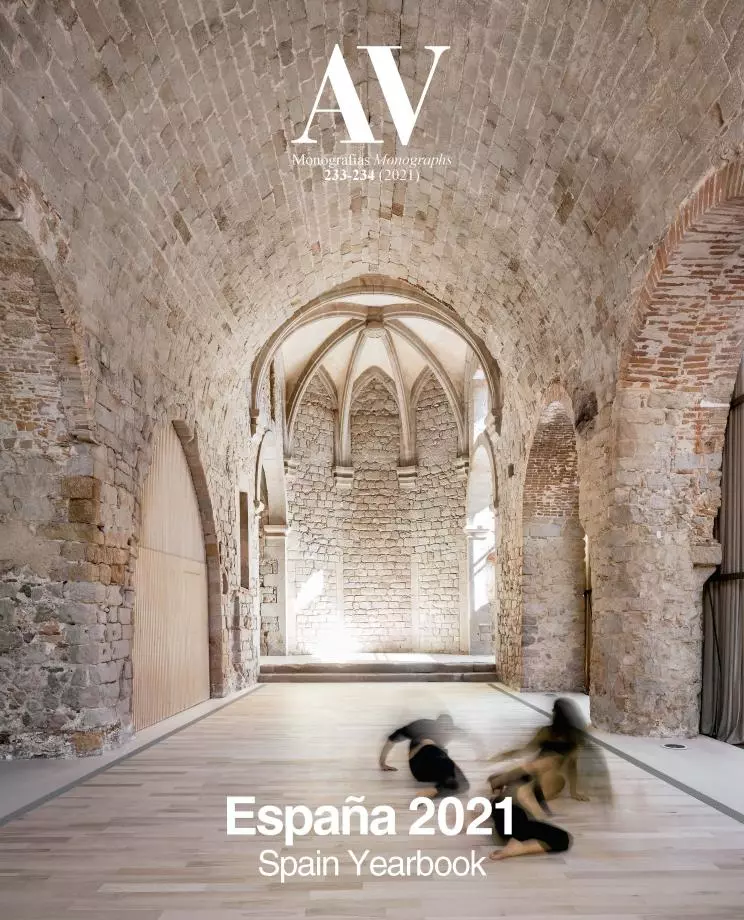
Dreamstime
Architects design space, but also time. Imagining the city after the pandemic, they strive to reconcile the need for social distance with the convenience of proximity: on one hand, space is fragmented to avoid contact; on the other, uses are gathered to make them accessible without transport. The first feature invites to organize activities over time; the second, to establish a time limit to commutes, crystallizing in the motto ‘the 15-minute city.’ If architecture has been historically considered a spatial discipline, which ‘orders matter in space as music orders sound in time,’ today needs placing time in the center of attention; and not the time of designing or building, but the time of those who live in cities. It will be said that this has always been so, and it is true; but the experience of confinement has compressed space and halted time, altering values and establishing new priorities.
The philosopher Blaise Pascal assured that “all of humanity’s problems stem from man’s inability to sit quietly in a room alone,” and his contemporary the mystic Miguel de Molinos preached Quietism as a process of spiritual purification not distant from Buddhism; today, the months of lockdown have created the conditions to put these 17th-century recipes to the test. Are we now wiser, more aware of our fragility, freer from sterile worries and restlessness? Maybe not, but the pause in routines has forced to organize time in a different way, and perhaps to perceive its fleetingness under a colder light. Emilio Lledó said that “we live in space, but die in time,” and possibly the renewed awareness of our necessary disappearance has transferred the attention from the organization of space in buildings and cities to the organization of individual and collective time.
Genius loci, the spirit of a place, and Zeitgeist, the spirit of the time, were terms used to differentiate architectures rooted in continuity, and those inserted in the mood of the age; timeless works and works of their time. But the world’s standstill has offered us the red pill of clairvoyance, and we notice that the new protagonism of time paradoxically demands a return to that space with qualities that we call place, and that the spirit of the post-pandemic times is ironically embodied in timeless architecture, in the limitation of space and in the restriction of movement. Jorge Luis Borges wanted to refute time, but ended up admitting that “Time is the substance I am made of. Time is a river which sweeps me along, but I am the river; it is a tiger which destroys me, but I am the tiger; it is a fire which consumes me, but I am the fire.” Designing time is designing ourselves; thinking about our future and that of everyone.







